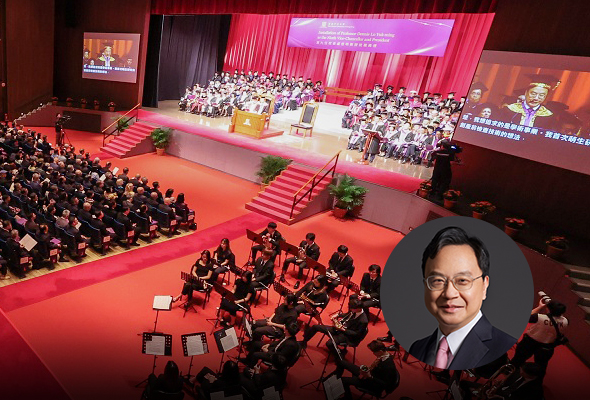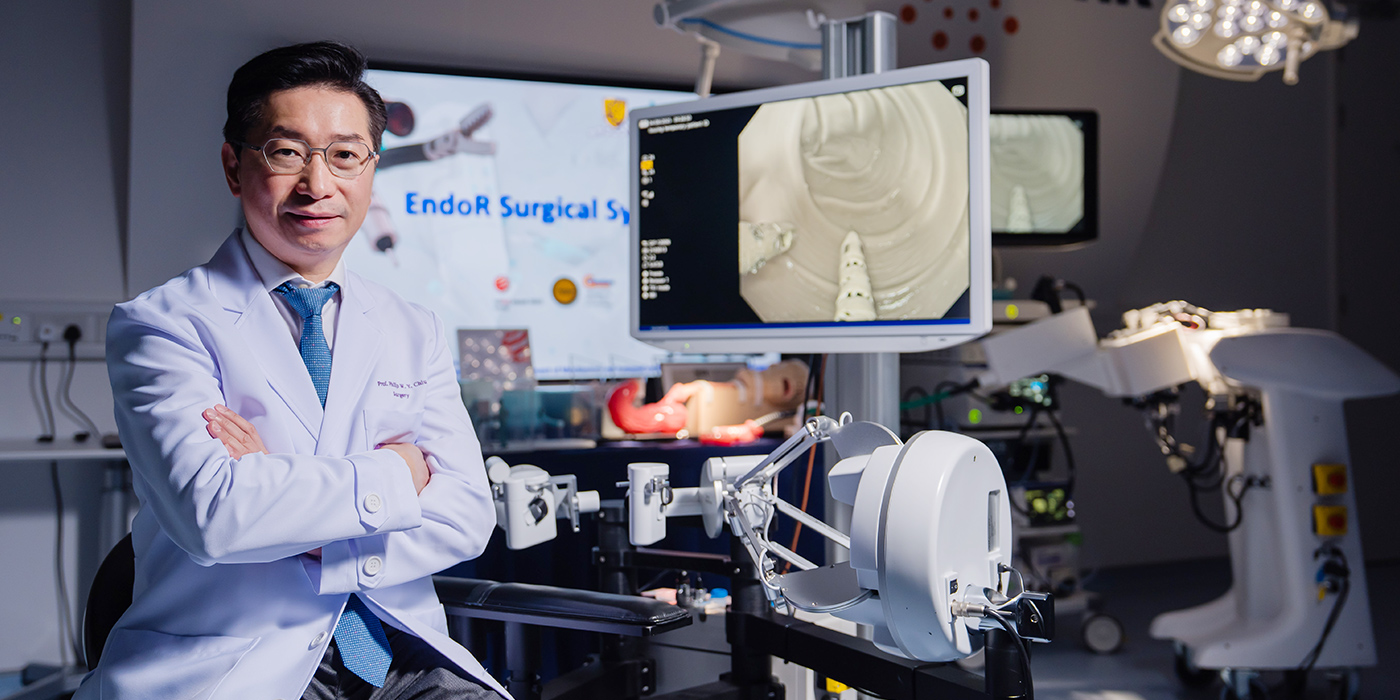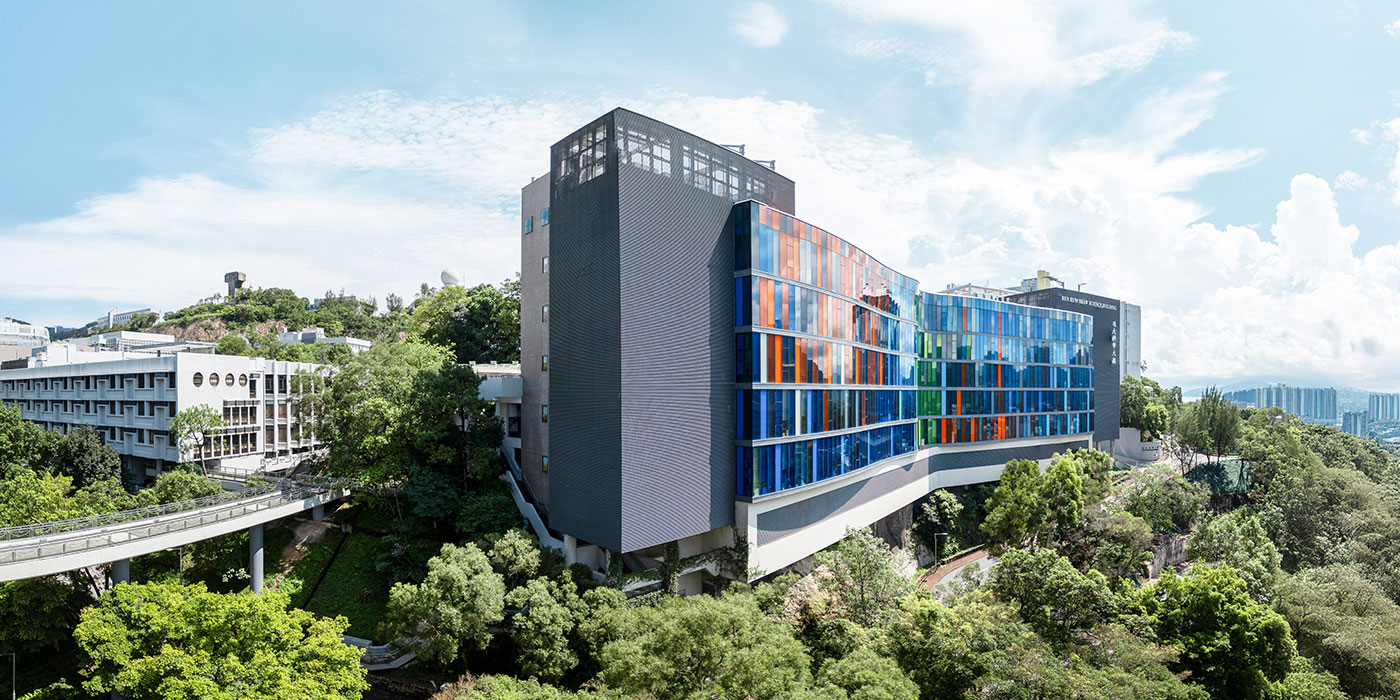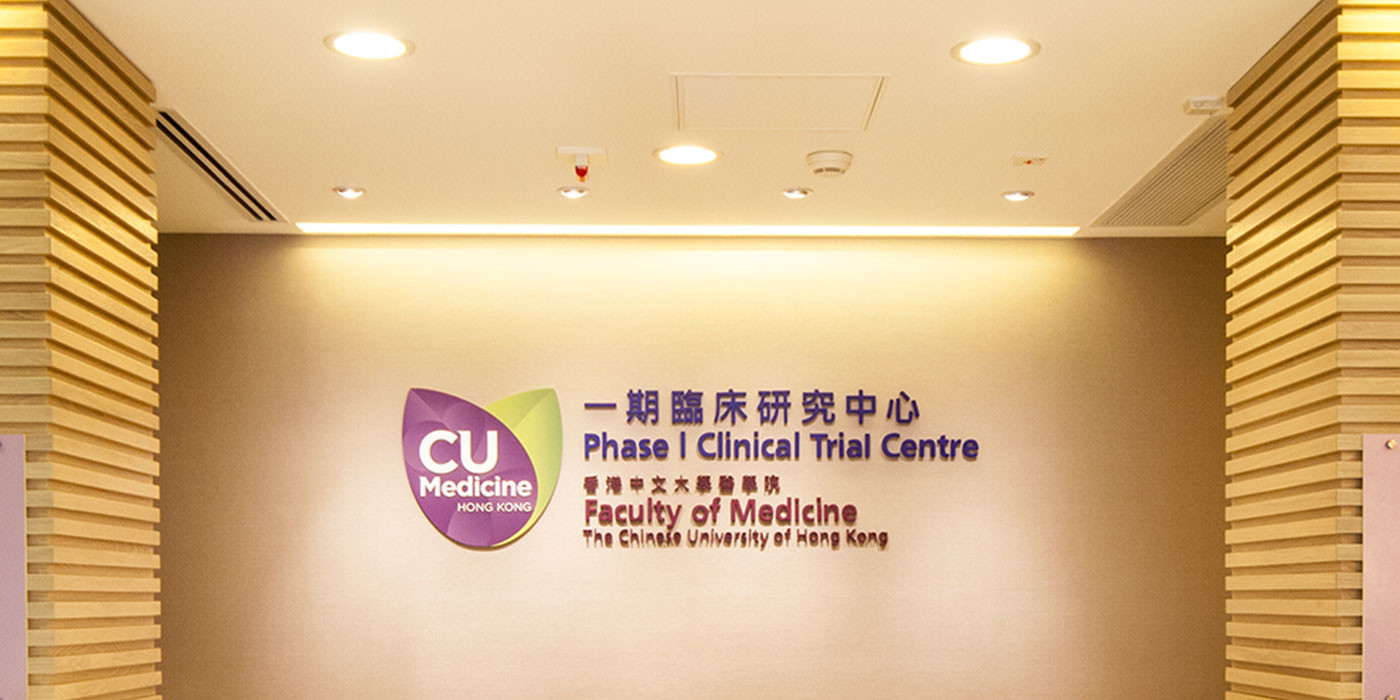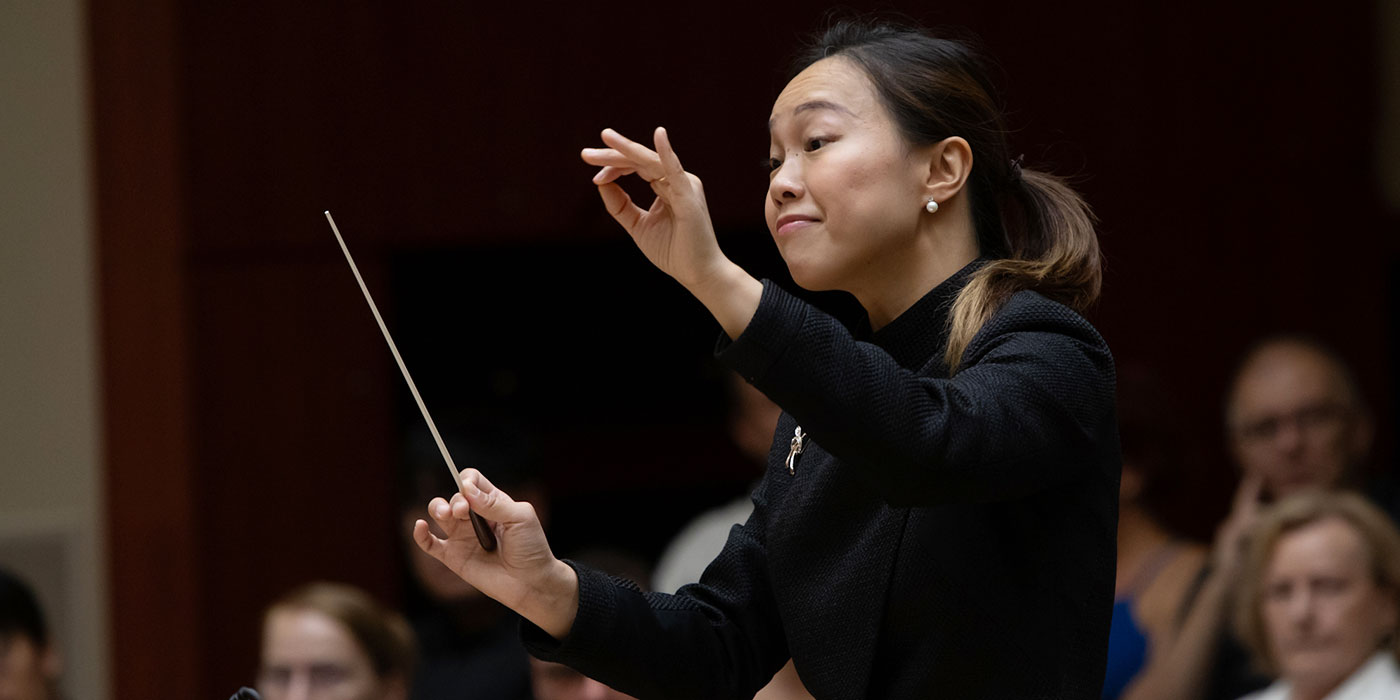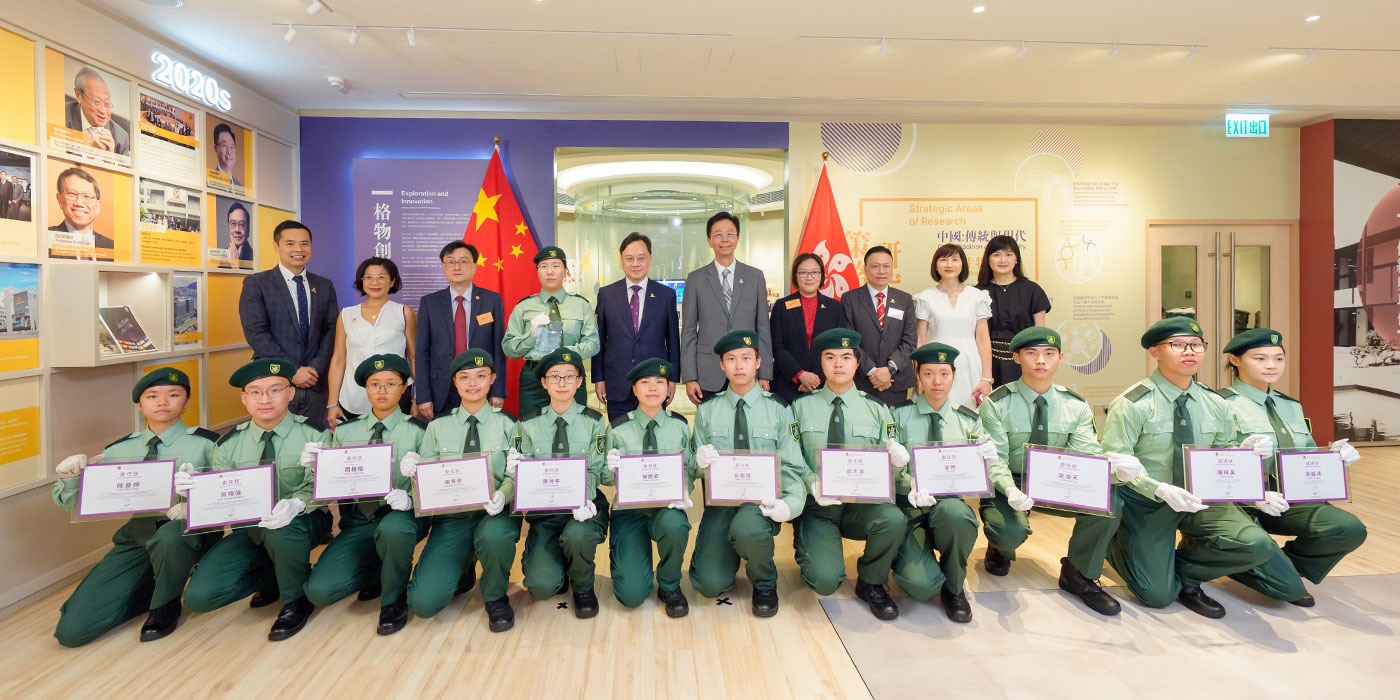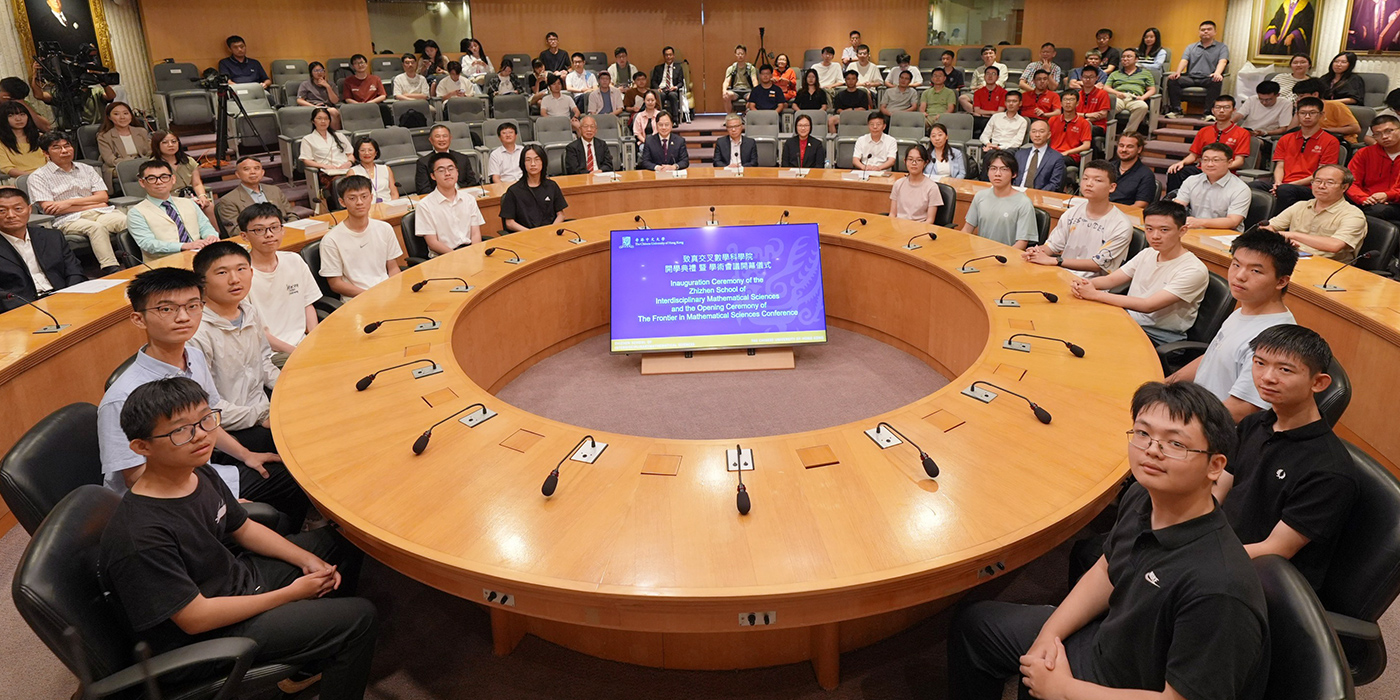A new non-invasive treatment for aneurysm embolisation
A collaborative research team led by Professor Zhang Li (left, photo below) from the Faculty of Engineering and Professor Simon Yu Chun-ho (right, photo below) from the Faculty of Medicine has developed swarming self-adhesive microgels for a new embolisation strategy to prevent aneurysms from continuously bulging to a point of rupture. This collaborative work was published recently in the renowned international research journal Science Advances.

Aneurysm, a typical vascular malformation, refers to an abnormal, outward bulging or ballooning area in the blood vessel wall. It can occur in many parts of the human body without any symptoms, including the aorta, abdomen and brain, but can also induce severe internal bleeding if it ruptures and become lethal, with a mortality rate of up to 40% in some parts of the body.
Although current embolisation treatment based on the endovascular delivery of embolic agents, such as metallic coils, polymeric spheres or a gelling solution, provides a clinically feasible means to block the aneurysm sac and stop blood from entering into an aneurysm, embolisation can fail to completely block an aneurysm sac and it can lead to serious complications.
The microrobotic embolisation platform designed by the research team has overcome the bottleneck in aneurysm complete filling under highly dynamic blood flow. Each building block of the microswarm used in the newly developed platform is a micro-sized sphere composed of a pH-responsive, self-healing hydrogel matrix1, magnetic nanoparticles and imaging dopants. Assisted by a catheter and under real-time image guidance, swarming microgels are deployed and concentrated into the aneurysm sac. The addition of an acidic solution activates the self-adhesive mechanism among the microgels, welding them into a single entity.
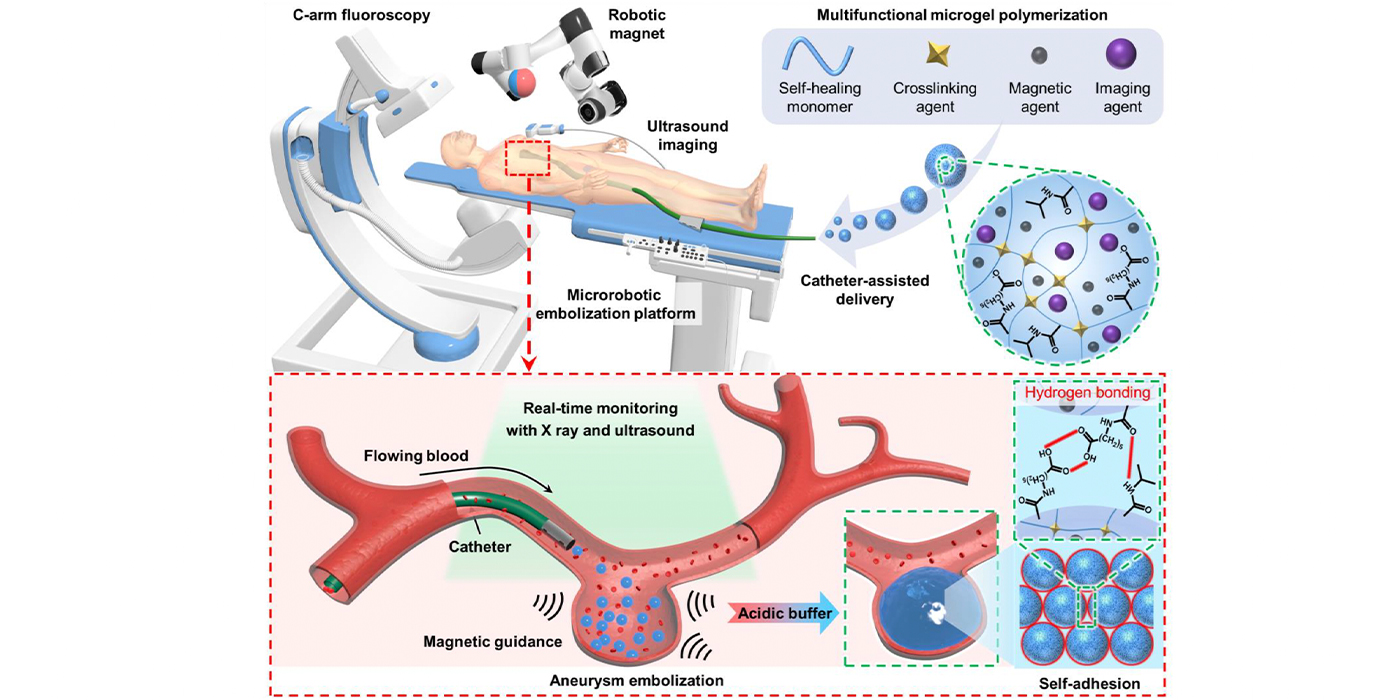
The team has achieved efficient, selective accumulation of microgels in an aneurysm model and the human placenta with a filling ratio of more than 95% in an artificial blood flow environment with a mean velocity of up to 20 cm/s. The microrobotic embolus exhibits strong and stable self-adhesion in a physiological environment for at least half a year, as well as satisfactory bio- and hemo-compatibility.
This work is supported by the Hong Kong Research Grants Council (RGC), National Natural Science Foundation of China, Shenzhen Institutes of Advanced Technology (SIAT) of the Chinese Academy of Sciences (CAS) – CUHK Joint Laboratory of Robotics and Intelligent Systems, and Multi-Scale Medical Robotics Center under InnoHK at the Hong Kong Science Park.







